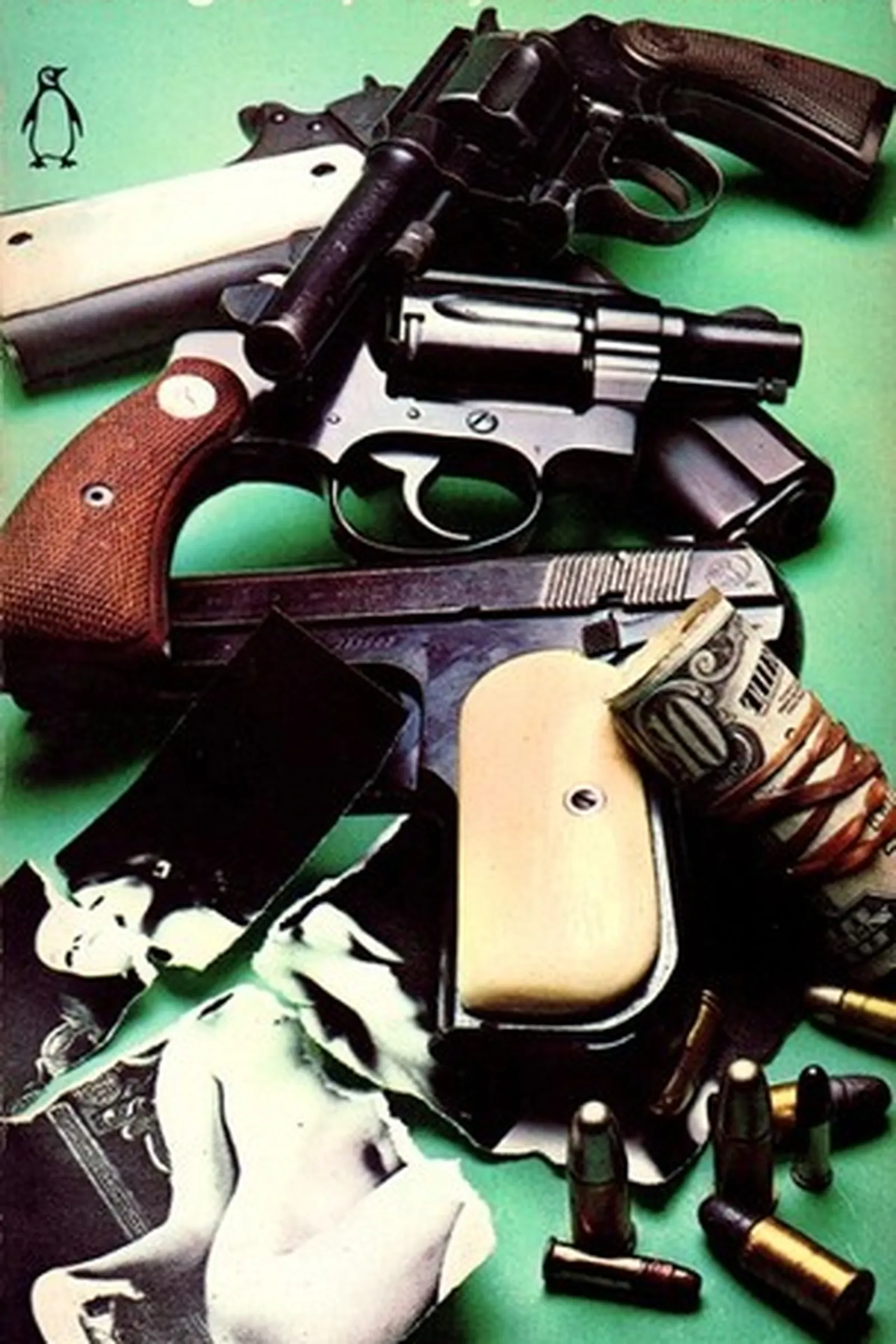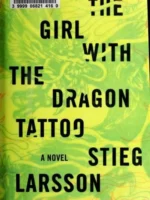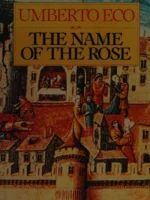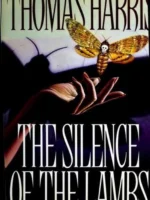The Big Sleep, Raymond Chandler, 1939
- Author: Raymond Chandler
- Genre: Mystery/Crime
- Publisher: Vintage Crime/Black Lizard
- Publication Year: 1939
- Pages: 231
- Format: Paperback
- Language: English
- ISBN: 978-0394758282
- Rating: 4,1 ★★★★☆
The Big Sleep Review
The Big Sleep by Raymond Chandler is the blueprint for hardboiled noir: rain on neon, wisecracks with teeth, a city that grinds the soft parts down. First published in 1939, it introduces private detective Philip Marlowe, hired by a rich, rotting family to clean a mess that turns out to be a map. For you, this novel offers momentum, voice, and a moral compass that keeps pointing north even when the street signs lie.
Overview
Chandler writes crime as conversation: clipped dialogue, metaphors that hit like elbows, rooms described so cleanly you can smell the dust. You will notice how scenes stack like poker hands: favors, blackmail, photographs, and bodies. Plot is the river, mood is the weather, and Marlowe is the boat that does not leak.
Summary
Marlowe takes a job from General Sternwood to deal with a gambler leaning on the general’s daughter. The case widens: porn rackets, missing men, a killer who may be several people at once. Without spoiling the turns, the truth is less a single solution than a pattern of corruption held together by money and appetite. Marlowe makes choices that cost him comfort and gain him clarity. The ending does not tidy the city: it just closes the file you are holding.
Author
Raymond Chandler brings poetry to grime. He is funny, unsentimental, and weirdly tender when it counts. You benefit from his sense of place: Los Angeles as a moral landscape where sunlight is another kind of lie.
Key Themes
You will explore integrity as a private habit, not a public award. You will see wealth as camouflage for decay. You will consider desire as a market and memory as a weapon. You will meet loneliness that chooses honesty over company.
Strengths and Weaknesses
Strengths: voice you can quote without looking, scenes that click, and a hero who earns the hat. Weaknesses: a labyrinthine plot can blur on first read, and period attitudes can grate. Overall: a classic because it still feels awake.
Target Audience
This book suits readers who like lean prose, moral ambiguity, and detectives who bleed character. It is ideal for crime fans and anyone curious where modern noir learned to walk.
Favorite Quotes
Short lines land: it was a blonde to make a bishop kick in a window, trouble smelled like cheap gin, down these mean streets a man must go. They carry the book’s weather in a sentence.
Takeaways
For you, the key takeaway is simple: style is substance when it reveals character. Marlowe’s code is the plot, and the city is the antagonist. The novel teaches how to stand up straight when everything leans.
| pa_author | Raymond Chandler |
|---|---|
| ISBN | 978-6-565-66204-1 |
| pa_year | 1999 |
| Pages | 281 |
| Language | English |






